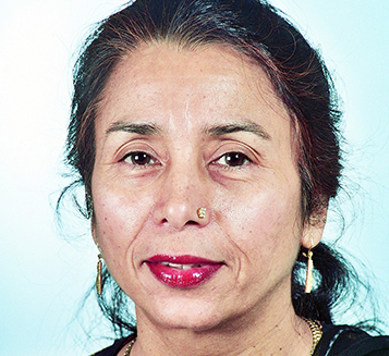The Gulf States have the highest proportion of migrant workers in the world. Conversely, global migrants see the Gulf States as a major magnet, the third largest in the world after the European Union and North America. By contrast with its overwhelming importance for economies and societies, migration to the Gulf States is under-documented and under-researched and the Gulf does not have the place it would deserve in migration studies. The main goal of this workshop will be to gather international expertise on migration to the Gulf with the aim of addressing the impact of migration on Gulf development and stability. Another aim will be to start building the Gulf migration studies community. A by-product of the workshop may be an edited volume. The workshop will be multidisciplinary and open to all the disciplines that are relevant to migration studies, such as political science, economics, demography, law, contemporary history, sociology.
3 DAYS / 12 Workshops
MORE THAN 300 ACADEMIC PAPERS
Migration and the international mobility of labor have made the Gulf States a unique part of the world. Nowhere as in GCC countries are local indigenous populations a minority of inhabitants; nowhere else do majorities consist of migrants with temporary residency, no access to citizenship, and limited membership in society. Nowhere else are labor markets so highly dependent upon the international recruitment of the workforce. There has been until now three successive stages of migration to the Gulf, and a fourth stage may well be opened in the wake of the economic crisis started in 2008.
From World War II to the October 1973 War: Founding the Welfare State
From World War II to the October 1973 War, the Gulf States went through a process of wealth accumulation. Rising demand for oil in the world economy matched by rising supply from the Gulf translated into rising oil ‘rent’.1 High income was transformed into material welfare for natives through the recruitment of foreign workers who would produce national wealth while allowing nationals to largely stand out of the labor market. The demand for manpower was then commensurate with the potential supply from the Arab Middle East, which became typically divided between two sorts of countries: those with human capital and population surpluses and those with oil and financial capital surpluses. Labor migration from population-rich to capital-rich Arab countries was regarded by Pan-Arabism as the best way to cross-fertilize the two disconnected assets of the Arab world, i.e. population and capital. Migration was viewed as a strategy to build the Arab nation.

